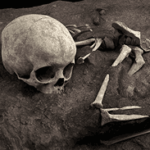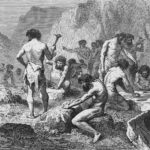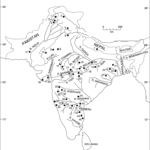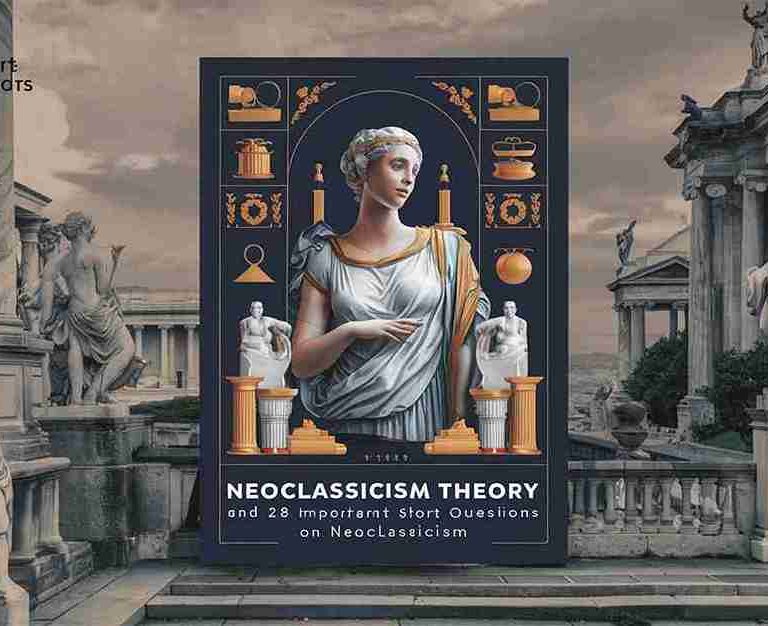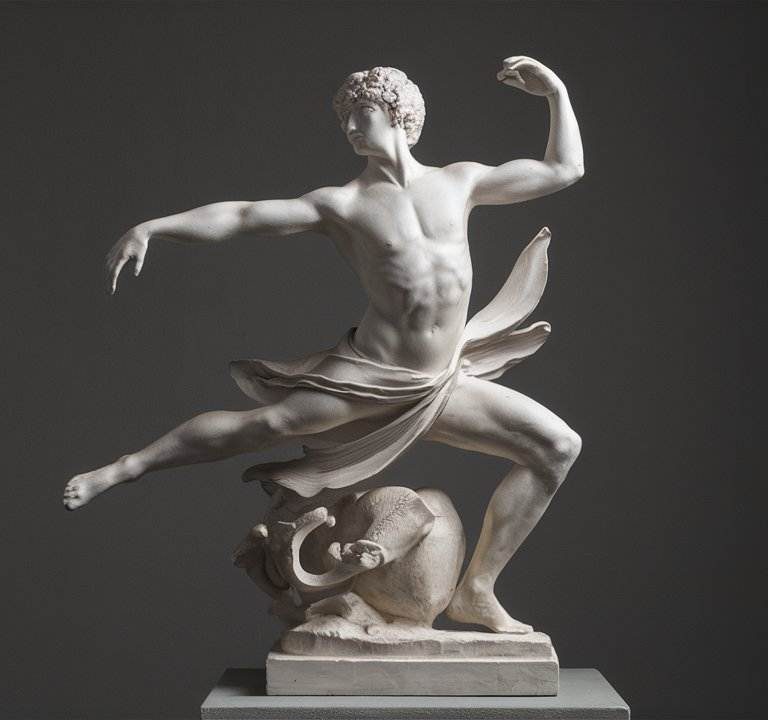Theory of Humanism & 29 Important Questions
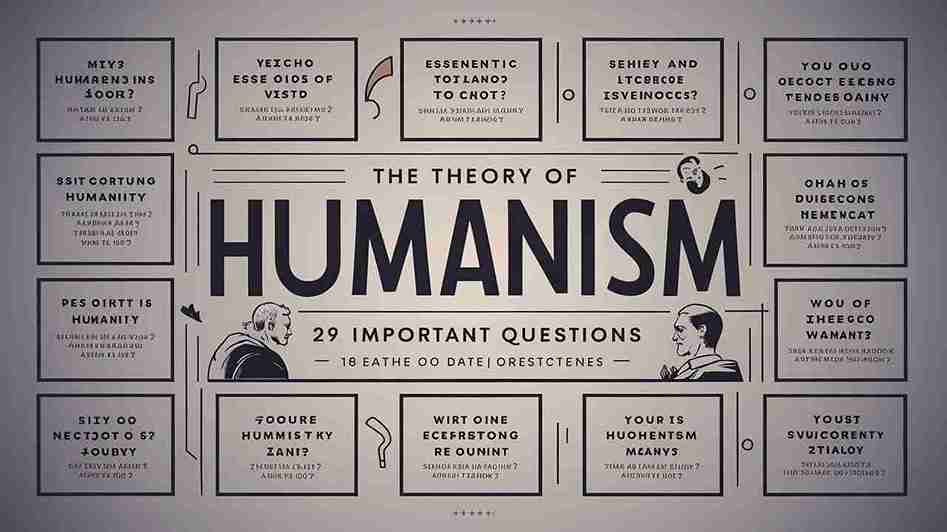
Humanism
Humanism
An Introduction
Humanism is a group of philosophies and ethical perspectives which emphasize the value and agency of human beings, individually and collectively, and generally prefers individual thought and evidence (rationalism, empiricism) over established doctrine or faith (fideism). The term humanism can be ambiguously diverse, and there has been a persistent confusion between several related uses of the term because different intellectual movements have identified with it over time.
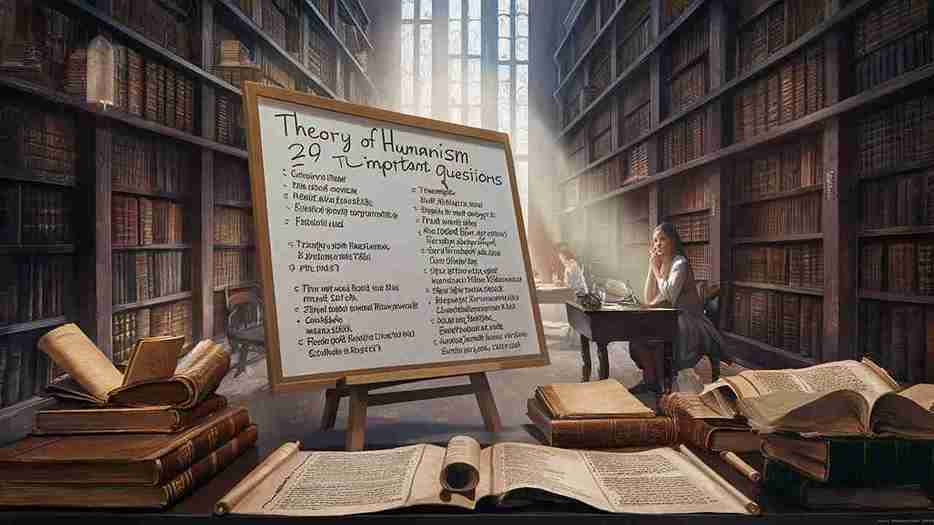
In philosophy and social science, humanism refers to a perspective that affirms some notion of a “human nature” (contrasted with anti-humanism). In modern times, many humanist movements have become strongly aligned with secularism, with the term Humanism often used as a byword for non-theistic beliefs about ideas such as meaning and purpose; however, early humanists were often religious, such as Ulrich von Hutten, a strong supporter of Martin Luther and the Reformation.
Before the word was associated with secularism, German historian and philologist Georg Voigt used humanism in 1856 to describe the movement that flourished in the Italian Renaissance to revive classical learning; this definition won wide acceptance. During the Renaissance period in Western Europe, humanist movements attempted to demonstrate the benefit of gaining learning from classical, pre-Christian sources in and of themselves, or for secular ends such as political science and rhetoric. The word “humanist” derives from the 15th-century Italian term umanista describing a teacher or scholar of classical Greek and Latin literature and the ethical philosophy behind it, including the approach to the humanities.
During the French Revolution, and soon after in Germany (by the Left Hegelians), humanism began to refer to philosophies and morality centred on human kind, without attention to any notions of the divine. Religious humanism developed as more liberal religious organisations evolved in more humanistic directions. Religious humanism integrates humanist ethical philosophy with the rituals and beliefs of some religions, although religious humanism still centres on human needs, interests, and abilities.
As the ethical movement began using the word in the 1930s, the term “humanism” became increasingly associated with philosophical naturalism, and with secularism and the secularisation of society. The first Humanist Manifesto, formalised at the University of Chicago in 1933,[6] identified secular humanism as an ideology that espouses reason, ethics, and justice, while specifically rejecting supernatural and religious ideas as a basis of morality and decision-making. The International Humanist and Ethical Union and other organisations describe it simply as ‘Humanism’, capitalised and without qualification.
Some short Questions on Humanism
Q. 1. Define Humanism.
Ans. Humanism is a rediscovery and re-evaluation of the aspects of classical civilization (ancient Greece and Rome) and the application of these aspects to intellectual and social culture. It is also in many ways a reaction against scholasticism, the dominant intellectual school of the Middle Ages.
Q. 2. What is the original source of the word Humanism?
Ans. The word Humanism was originally derived from the Latin phrase studia humanitatis, that is study of humanities which includes subjects like grammar, rhetoric, history, poetry and moral philosophy.
Q. 3. Who was the first humanist? Why?
Ans. Most scholars would say that Petrarch, an Italian poet and writer of the Trecento (1300’s), would best fit this label. His influence continued to be felt throughout the entire humanistic movement, and his successors called him their spiritual father.
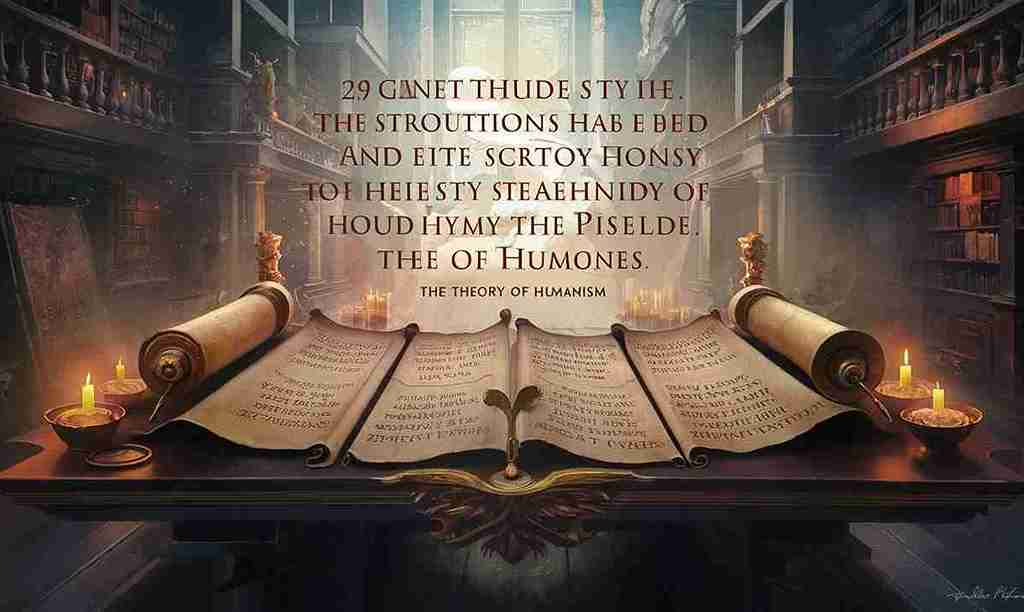
Q. 4. What do you understand by Renaissance Humanism?
Ans. Renaissance humanism was an activity of cultural and educational reform engaged by scholars, writers, and civic leaders who are today known as humanists. It developed during the fourteenth and turn-of-the fifteenth centuries, brow and was a response to the challenge of Medieval scholastic education, which emphasized practical, pre-professional and scientific studies.
Q. 5. What is studia humanitatis?
Ans. The word humanitas was used by Cicero to describe the formation of an ideal speaker (orator) who he believed should be educated to possess a collection of virtues of character suitable for an active life of public service; these would include a fund of learning acquired from the study of bonae litterae (“good letters”, i.e., classical literature, especially poetry), which would also be a source of continuing cultivation and pleasure in leisure and retirement, youth and old age, and good and bad fortune.
Q. 6. Name some of the earliest humanists.
Ans. Petrarch, Coluccio Salutati and Leonardo Bruni were some of the earliest humanists.
Q. 7. How does the Oxford English Dictionary record the term ‘humanism’?
Ans. The Oxford English Dictionary records the use of the word “humanism” by an English clergyman in 1812 to indicate those who believe in the “mere humanity” (as opposed to the divine nature) of Christ, i.e., Unitarians and Deists.
Q. 8. Define Unitarianism.
Ans. Unitarianism is a specific type of nontrinitarian Christian theology. It is nontrinitarian in that it holds that God is only one person, in contrast to the doctrine of the Trinity (God subsisting as three persons).
Q. 9. Define Deism.
Ans. Deism in the philosophy of religion is the standpoint that reason and observation of the natural world, without the need for organized religion, can determine that a supreme being created the universe. Further the term often implies that this Supreme Being does not intervene in human affairs or suspend the natural laws of the universe.
Q.10. Which places were the centers of humanism?
Ans. The main centers of humanism were Florence and Naples.
Q.11. How did the anarchist Proudhon use the word ‘humanism’?
Ans. The anarchist Proudhon (best known for declaring that “property is theft”) used the word “humanism” to describe a “culte, déification de l’humanité” (“cult, deification of humanity”).
Q.12. How did Ernest Renan use the word ‘humanism’?
Ans. Ernest Renan in L’avenir de la science: pensées de 1848 (“The Future of Knowledge: Thoughts on 1848”) (1848-49), states: “It is my deep conviction that pure humanism will be the religion of the future, that is, the cult of all that pertains to man all of life, sanctified and raised to the level of a moral value.”
Q.13. Who was Ernest Renan?
Ans. Ernest Renan (28 February 1823-2 October 1892) was a French philosopher and writer, devoted to his native province of Brittany. He is best known for his influential historical works on early Christianity and his political theories.
Q.14. Who was Pierre-Joseph Proudhon?
Ans. Pierre-Joseph Proudhon (15 January 1809-19 January 1865) was a French politician, mutualist philosopher and socialist. He was a member of the French Parliament, and he was the first person to call himself an “anarchist”. He is considered among the most influential theorists and organisers of anarchism. After the events of 1848 he began to call himself a federalist.
Q.15. What do you understand by the era of incunabula?
Ans. Incunable, or sometimes incunabulum, plural incunabula is a book, pamphlet, or even a broadside, that was printed not handwritten before the year 1501 in Europe. Incunable is the Anglicized (singular) form of “incunabula”, Latin for “swaddling clothes” or “cradle” which can refer to “the earliest stages or first traces in the development of anything.” A former term for “incunable” is fifteener, referring to the 15th century.
Q.16. Write a note on Protestant Reformation.
Ans. The Protestant Reformation, also called the Protestant Revolt or simply The Reformation, was the European Christian reform movement that established Protestantism as a constituent branch of contemporary Christianity. It was led by Martin Luther, John Calvin and other Protestants. The self-described “reformers” (who “protested”) objected to the doctrines, rituals and ecclesiastical structure of the Roman Catholic Church, and created new national Protestant churches.
Q.17. What was the term ‘humanism’ mean to Protestantism?
Ans. The frustrated reformism of the humanists, ushered in by the Renaissance, contributed to a growing impatience among reformers. Erasmus and later figures like Martin Luther and Zwingli would emerge from this debate and eventually contribute to another major schism of Christendom.
Q.18. What was In Praise of Folly?
Ans. While visiting fellow humanist Thomas More in 1509, he composed In Praise of Folly (Encomium Moriae), his most famous and controversial work. Modeled after Lucian’s classic Charon, the essay is written as an oratory delivered by the personification of Folly, in which Folly ironically praises foolish activities of the day.
Q.19. Which Christian Ideas were opposed by Renaissance Humanism?
Ans. Renaissance Humanism opposed the Christian emphasis on the innate corruption of human beings and on the ideals of ascetism and of withdrawal from this world in a preoccupation with the world hereafter.
Q.20. What were the two noteworthy trends in Renaissance humanism? Who were the introducer of these terms?
Ans. Two noteworthy trends in Renaissance humanism were Renaissance Neo-Platonism-and Hermeticism, which through the works of figures like Giordano Bruno, Cornelius Agrippa, Campanella and Pico della Mirandola sometimes came close to constituting a new religion itself.
Q.21: What was Renaissance Neo-Platonism?
Ans. Platonism underwent a revival in the Renaissance, as part of a general revival of interest in Classical antiquity. In 1438-1445, during the failed attempts to heal the schism of the Orthodox and Catholic churches, Cosimo de’ Medici and his intellectual circle had made acquaintance with the Neoplatonic philosopher George Gemistos Plethon, whose discourses upon Plato and the Alexandrian mystics so fascinated the learned society of Florence that they named him the second Plato.
Q.22. What was Hermeticism?
Ans. Hermeticism or the Western Hermetic Tradition is a set of philosophical and religious beliefs or gnosis based primarily upon the Hellenistic Egyptian pseudepigraphical writings attributed to Hermes Trismegistus who is the representation of the conflation of the Egyptian god Thoth with the Greek Hermes. These beliefs have heavily influenced the Western Esoteric Tradition and were considered to be of great importance during the Renaissance.
Q.23. Who is the speaker of the following line: ‘What a piece of work is man!’?
Ans. Hamlet, the Prince of Denmark makes this remark in Shakespeare’s play ‘Hamlet’.
Q.24. Name one Victorian humanist. Mention one of his works?
Ans. Matthew Arnold is one notable Victorian humanist. One of his important works is Culture and Anarchy.
Q.25. Who was called the ‘Second Plato’ ?
Ans. George Gemistoc Plethows is called the ‘Second Plato’?
Q.26. Why can Alexander Pope be called a humanist?
Ans. Alexander Pope, the famous verse satirist of the 18th Century may be called a humanist for his immortal verse line “The proper study of Mankind is Man”.
Q.27. What do you mean by Christian Humanism? Name an exponent of Christian Humanism. K.U.2011
Ans. Christian Humanism is mankind itself as a part of uncreated, eternal nature; its goal is man’s self-remediation without reference to or help from God. Many Christian and secular humanists share a commitment to reason, free inquiry, the separation of church and state, the ideal of freedom, and moral education; however, they differ in many areas. “Christian humanism” thrived in the works and thought of Augustine, Aquinas, Erasmus, and others. Some even see in Plato, a pagan philosopher, a type of thinking that is compatible with Christian.
Q.28. When was the term ‘humanist coined? What does the phrase ‘studia humanitatis’ mean? K.U.2012
Ans. The term “humanism” is ambiguous. Around 1806 Humanismus was used to describe the classical curriculum offered by German schools, and by 1836 “humanism” was lent to English in this sense.
The Renaissance term, derived from the work of Cicero, for the study of grammar, poetry, history, rhetoric, and moral philosophy, so called in the belief that these subjects made men more human.
Q.29. What do you mean by “Renaissance Humanism”?K.U.2013
Ans. Renaissance humanism is a collection of intellectual Greek and Roman teachings, undertaken by scholars, writers, and civic leaders who are today known as Renaissance humanists, taking place initially in Italy, and then spreading across Europe. It was a response to the challenge of medieval scholastic education, emphasizing practical, pre-professional and scientific studies.
Q.29. Mention two central tenets of neoclassic humanism.K.U.2014
Ans. It posits that human beings are capable of being ethical and moral without religion or a god. It does not, however, assume that humans are either inherently evil or innately good, nor does it present humans as being superior to nature. (ii)the humanist life stance emphasizes the unique responsibility facing humanity and the ethical consequences of human decisions.
Life of William Shakespeare (1564-1616)
About the Author
Sisir Mondal
Administrator
My name is SISIR MONDAL, I complete my graduate from University of Kalyani , West Bengal, India . I am like to build WordPress website and also developing this type of website . If you want your website , you can contact me trough email. thanks to visit this site.
